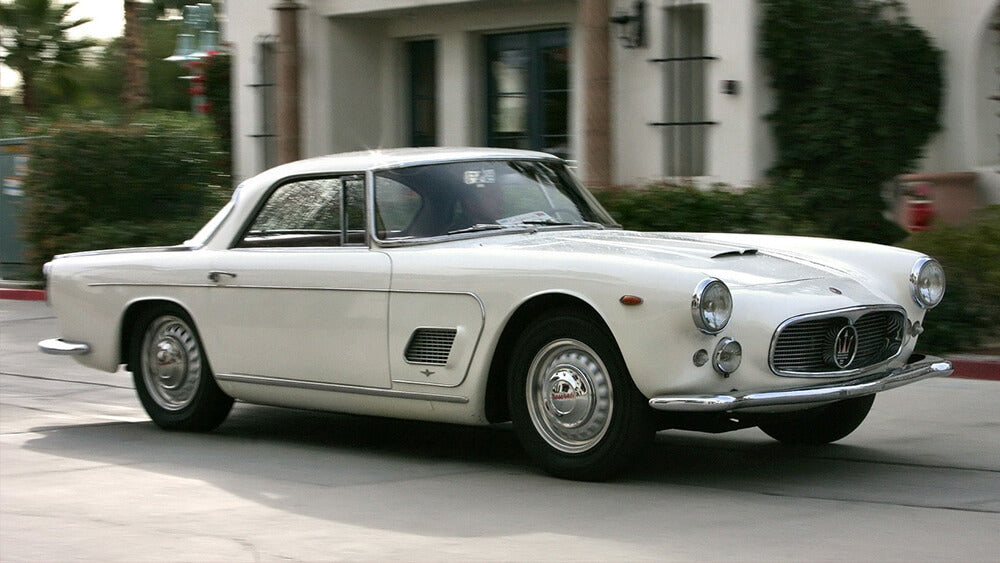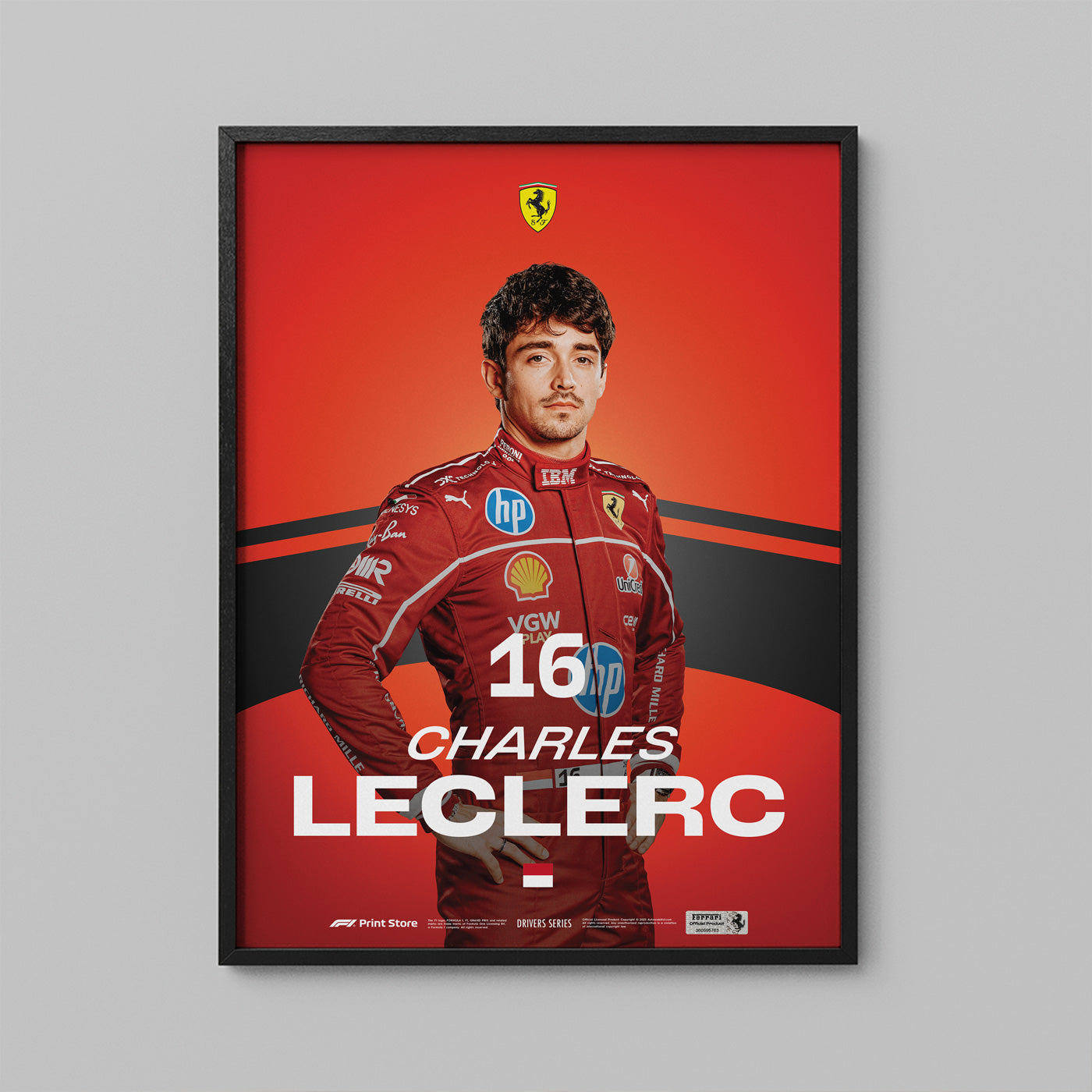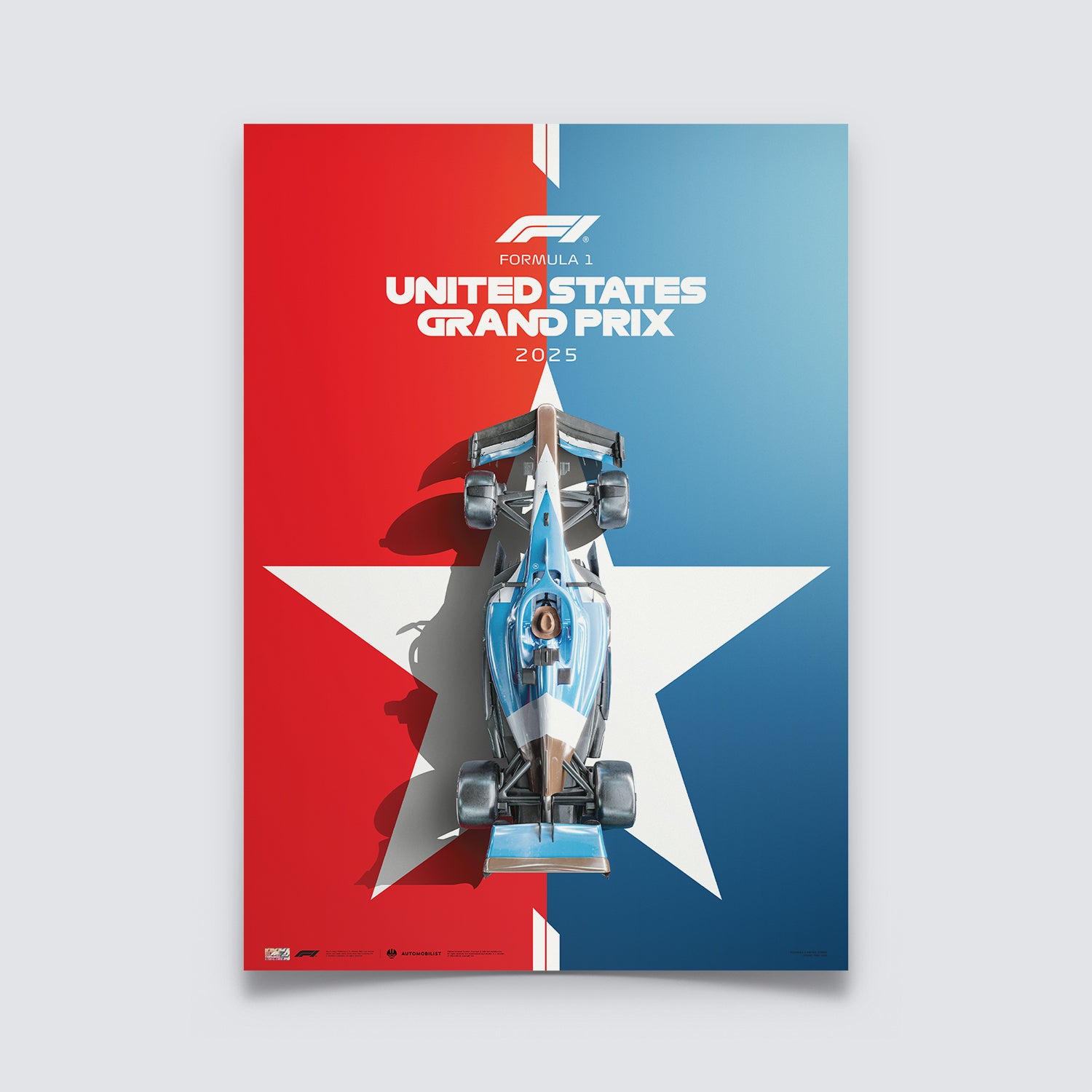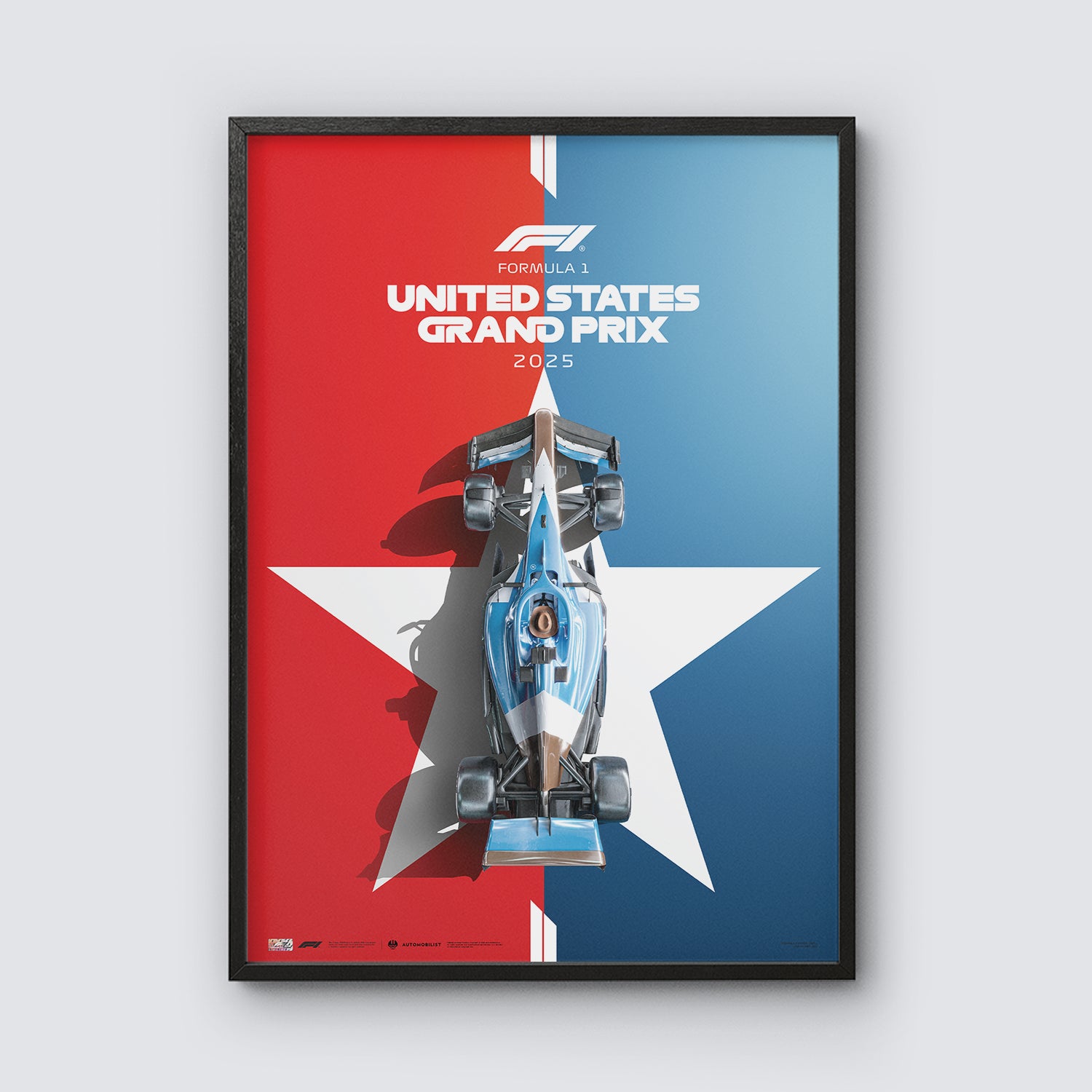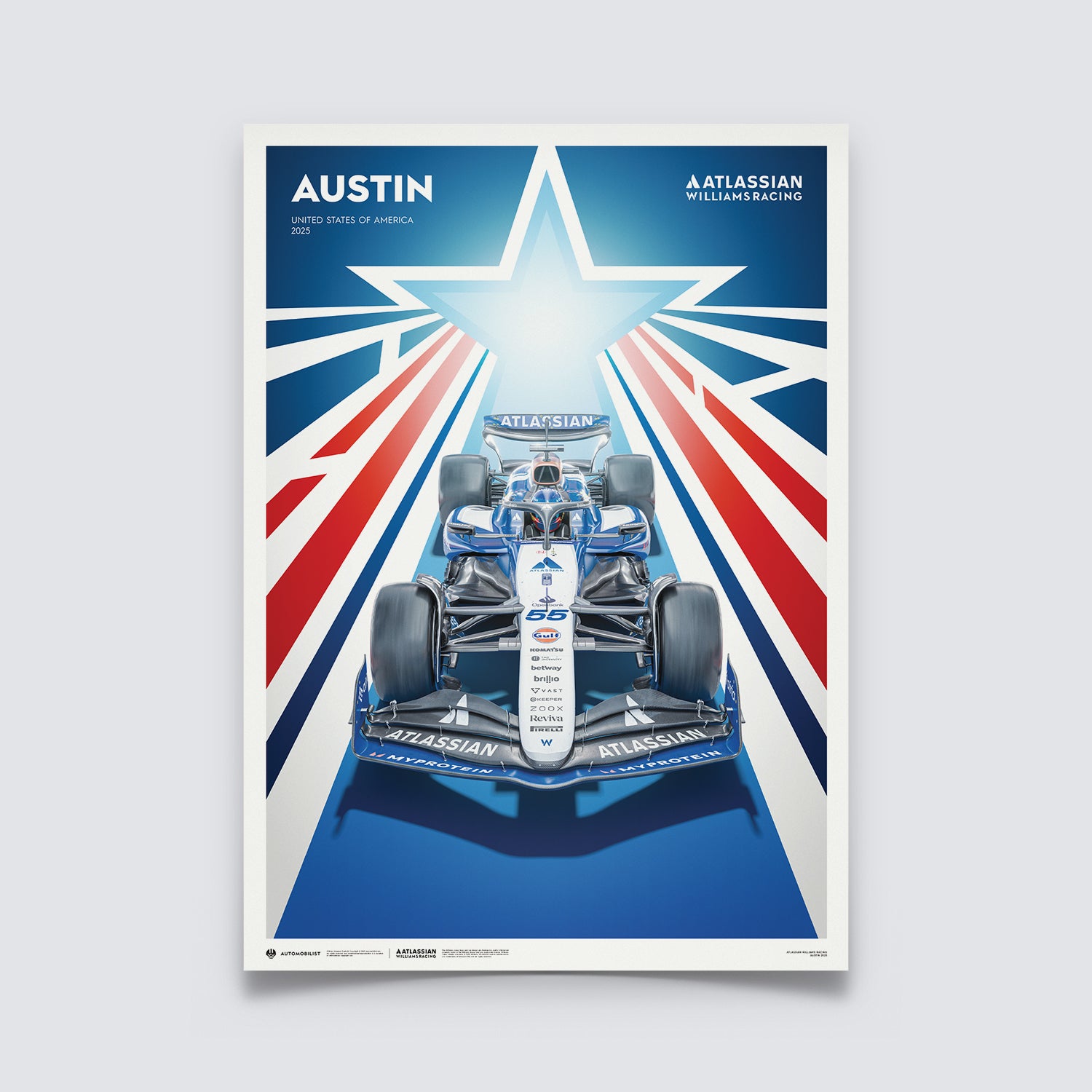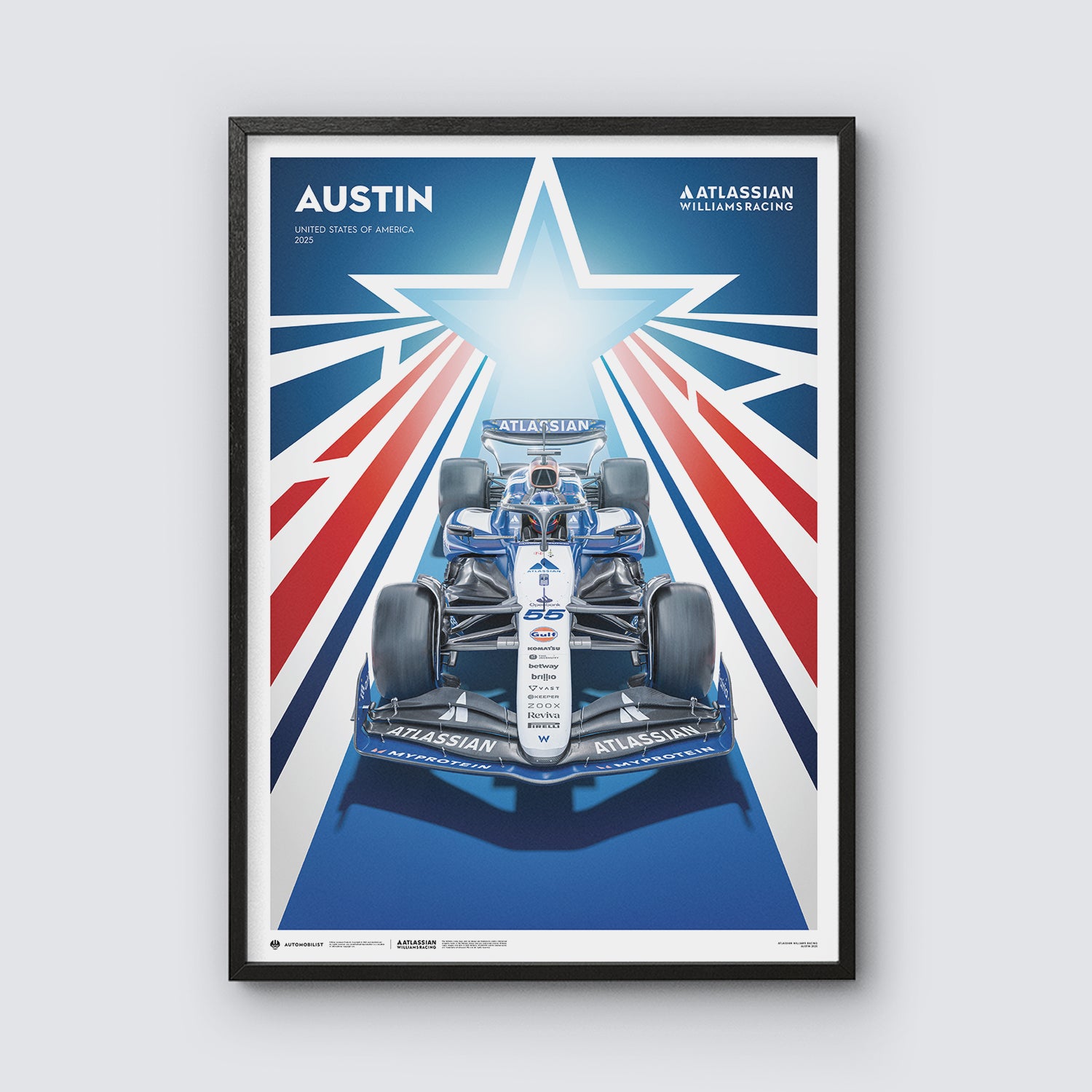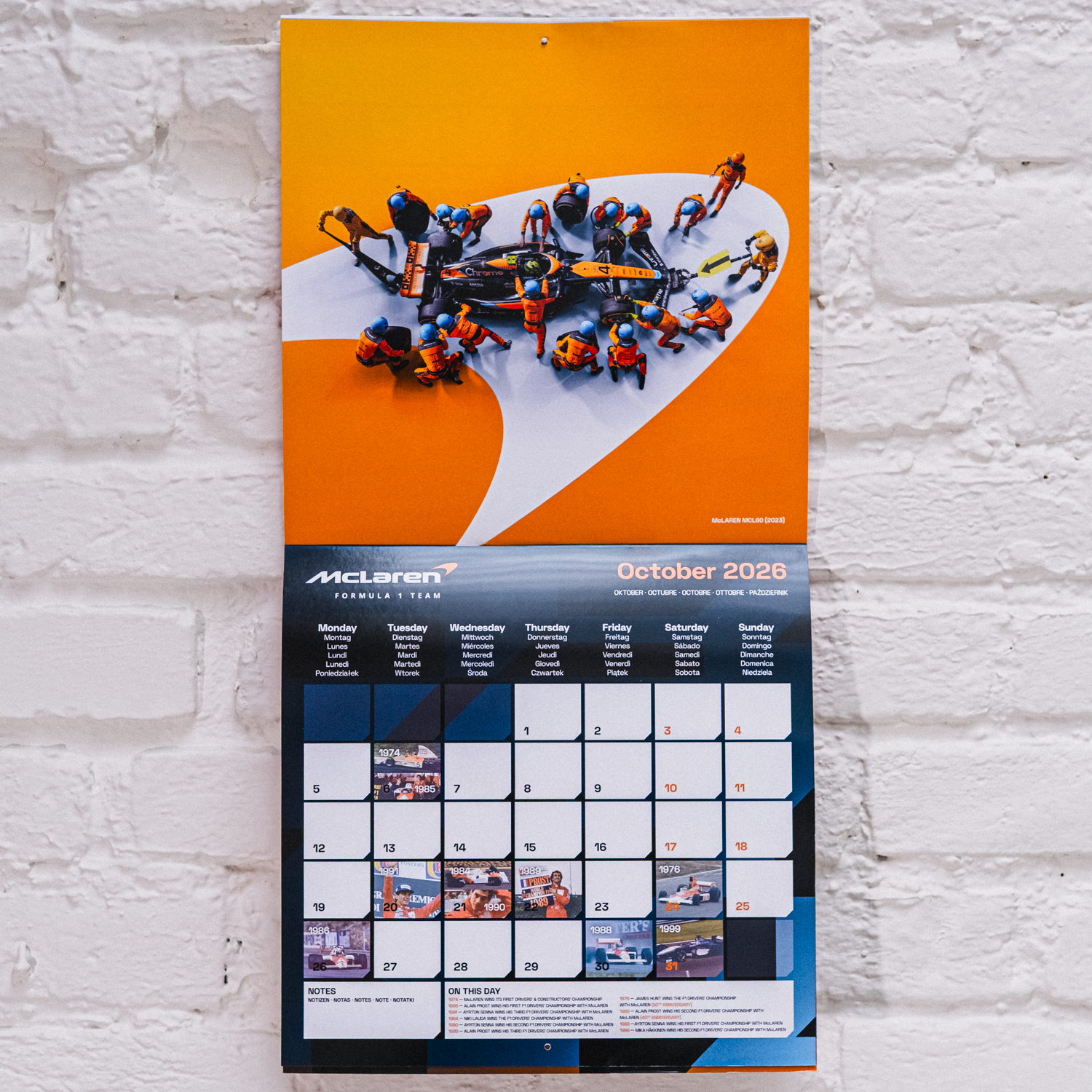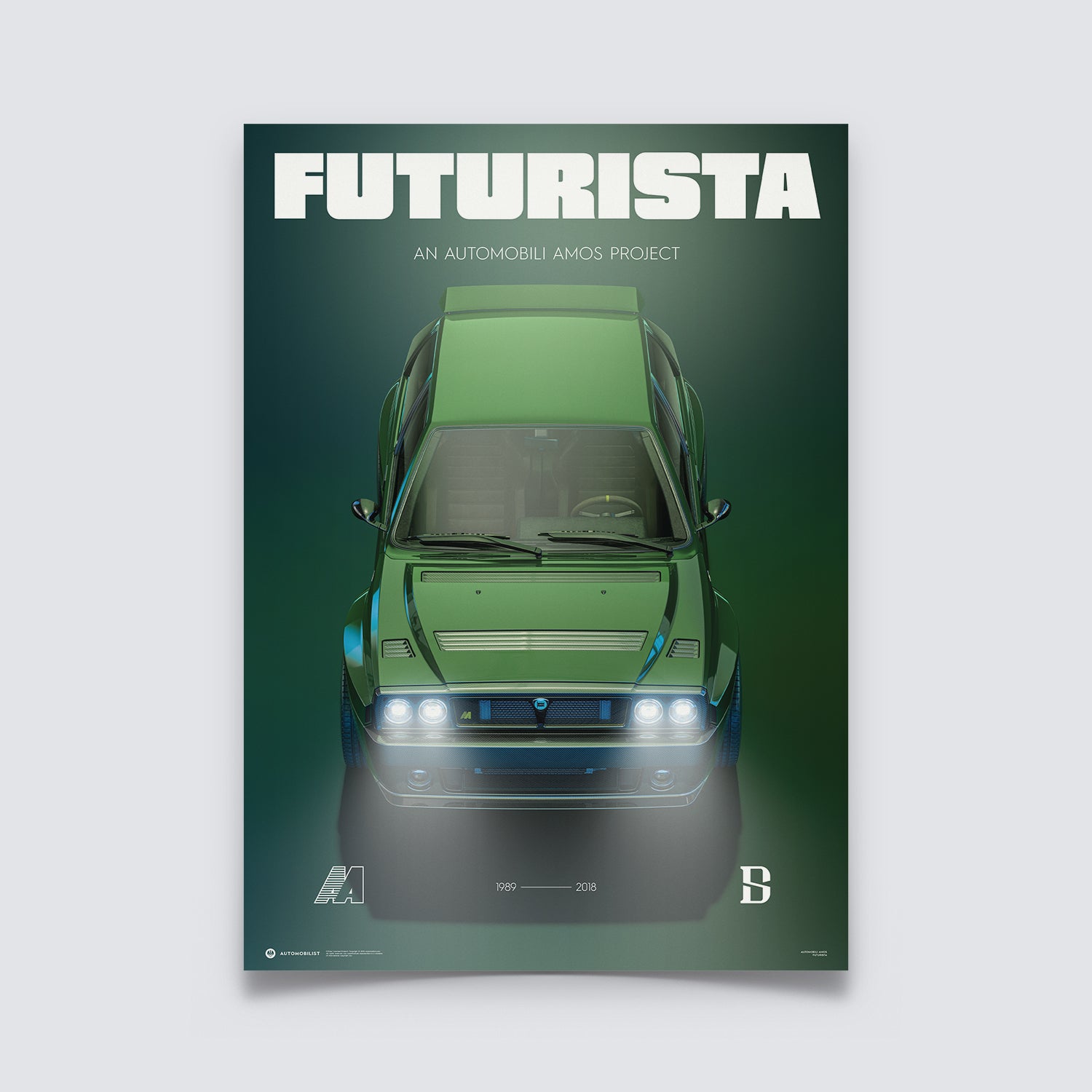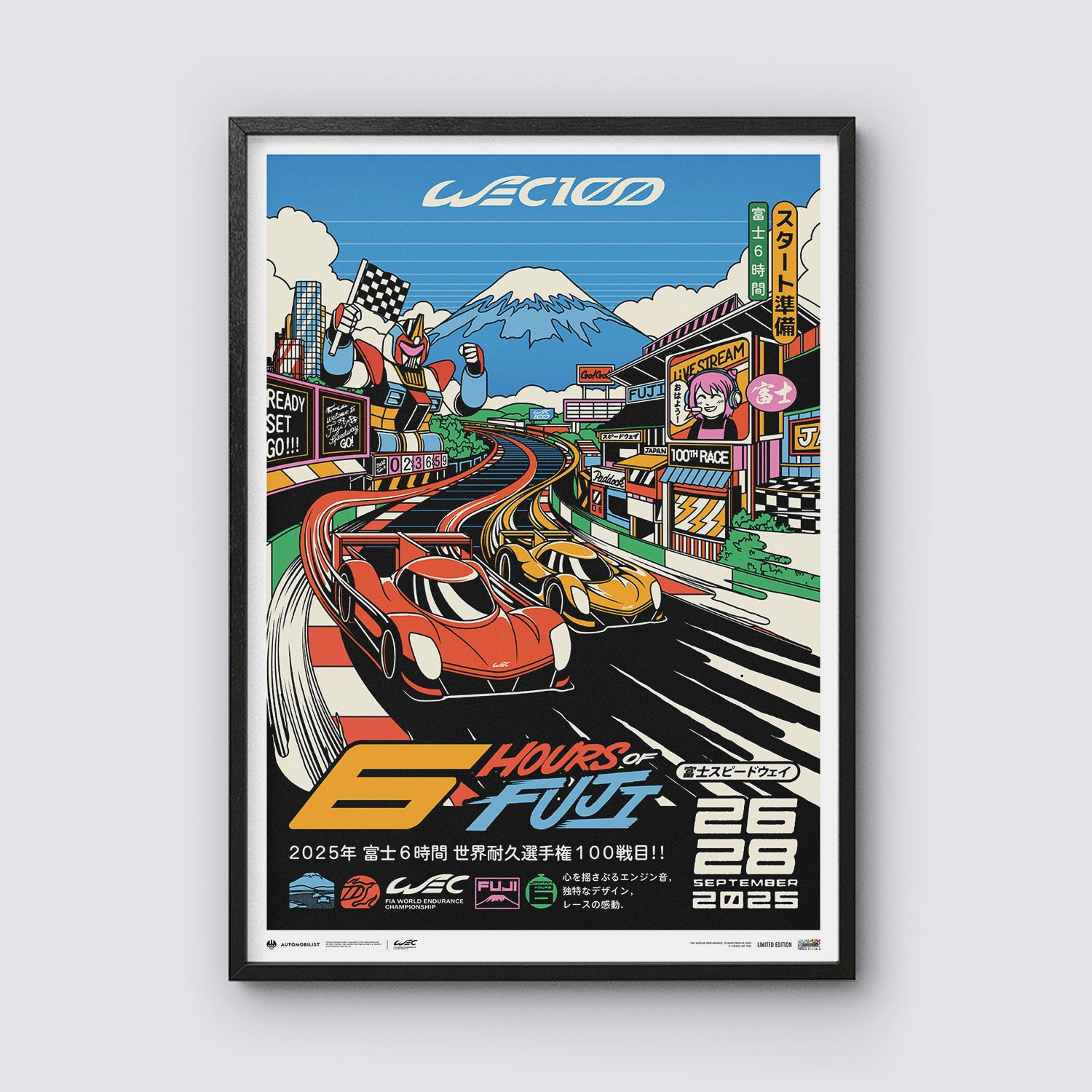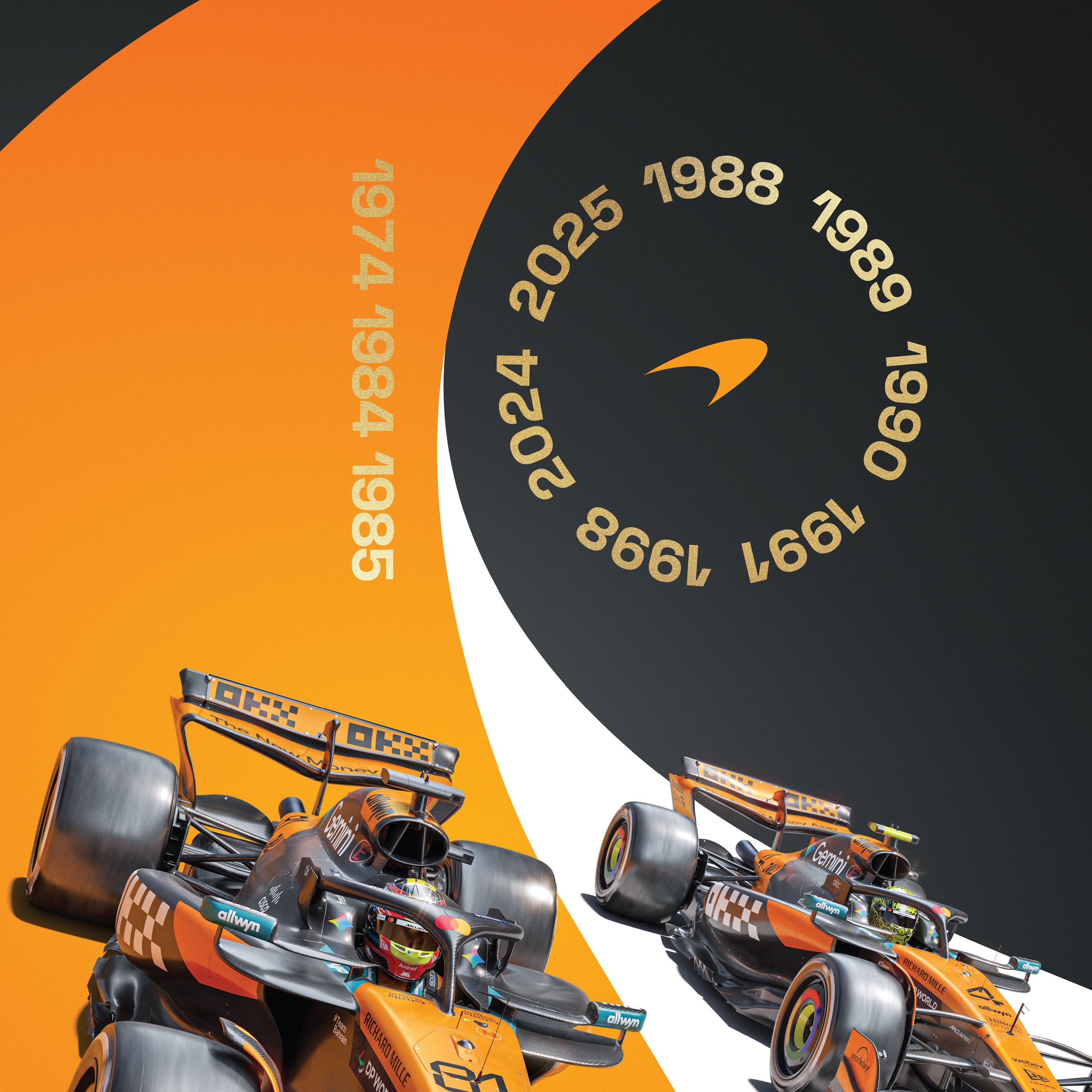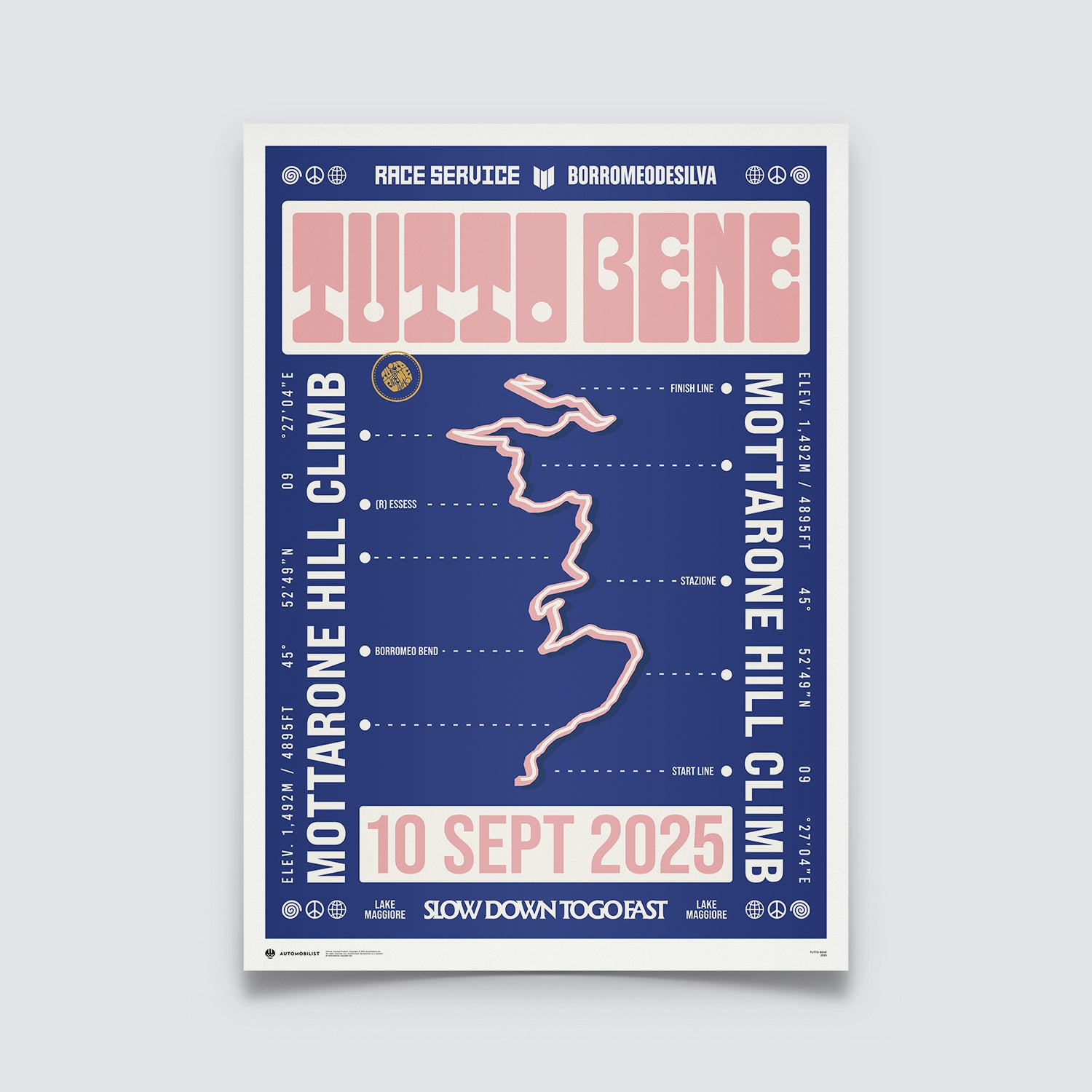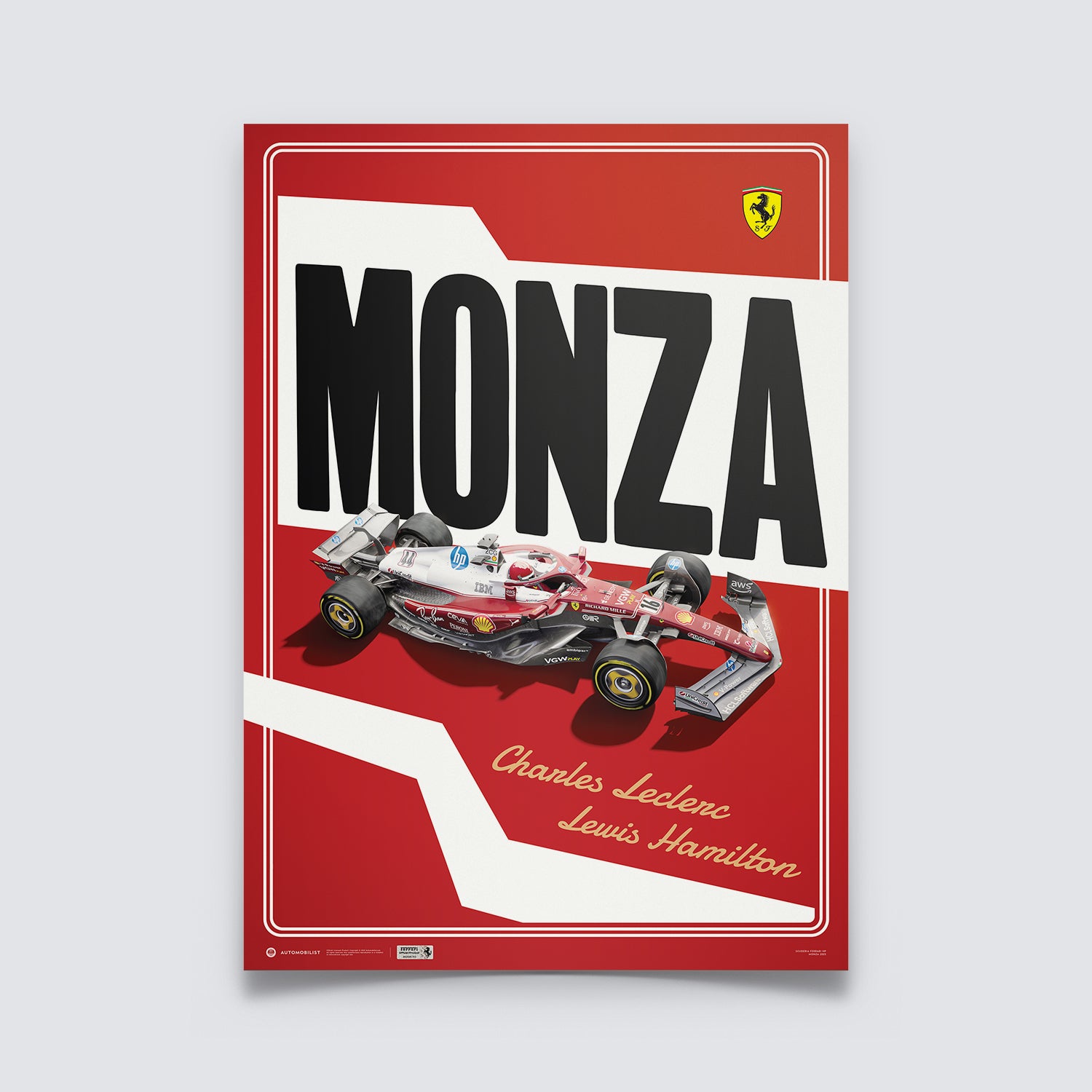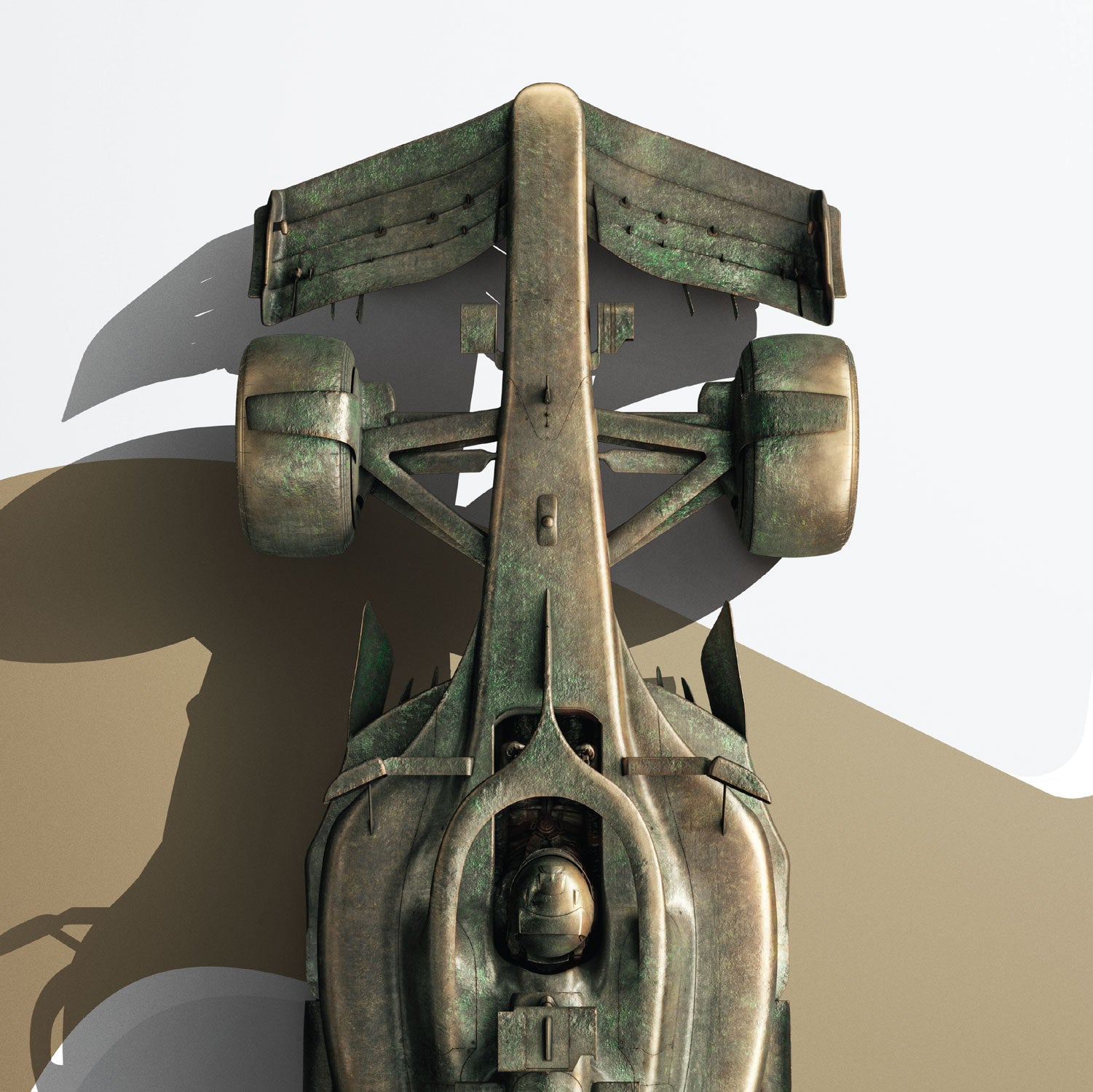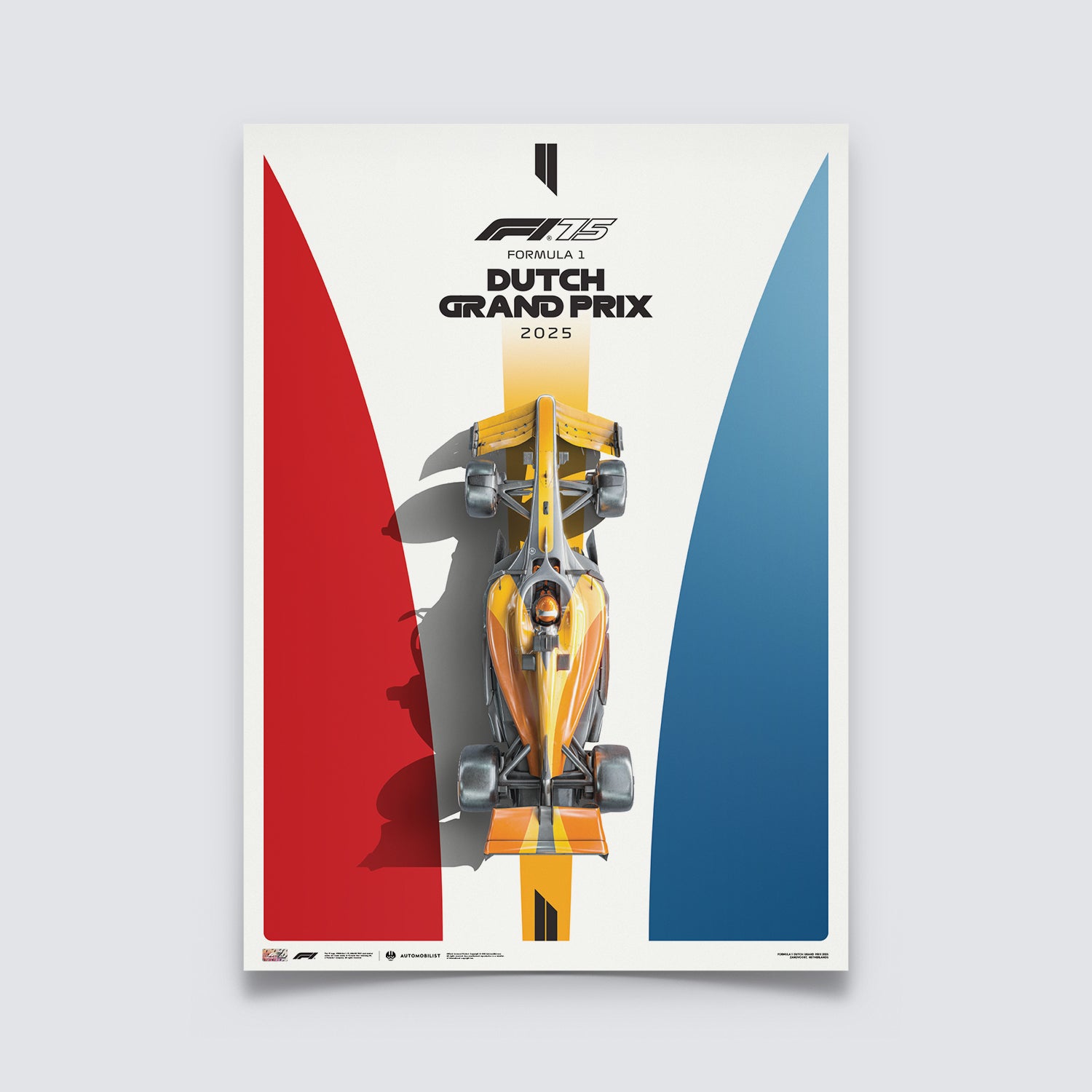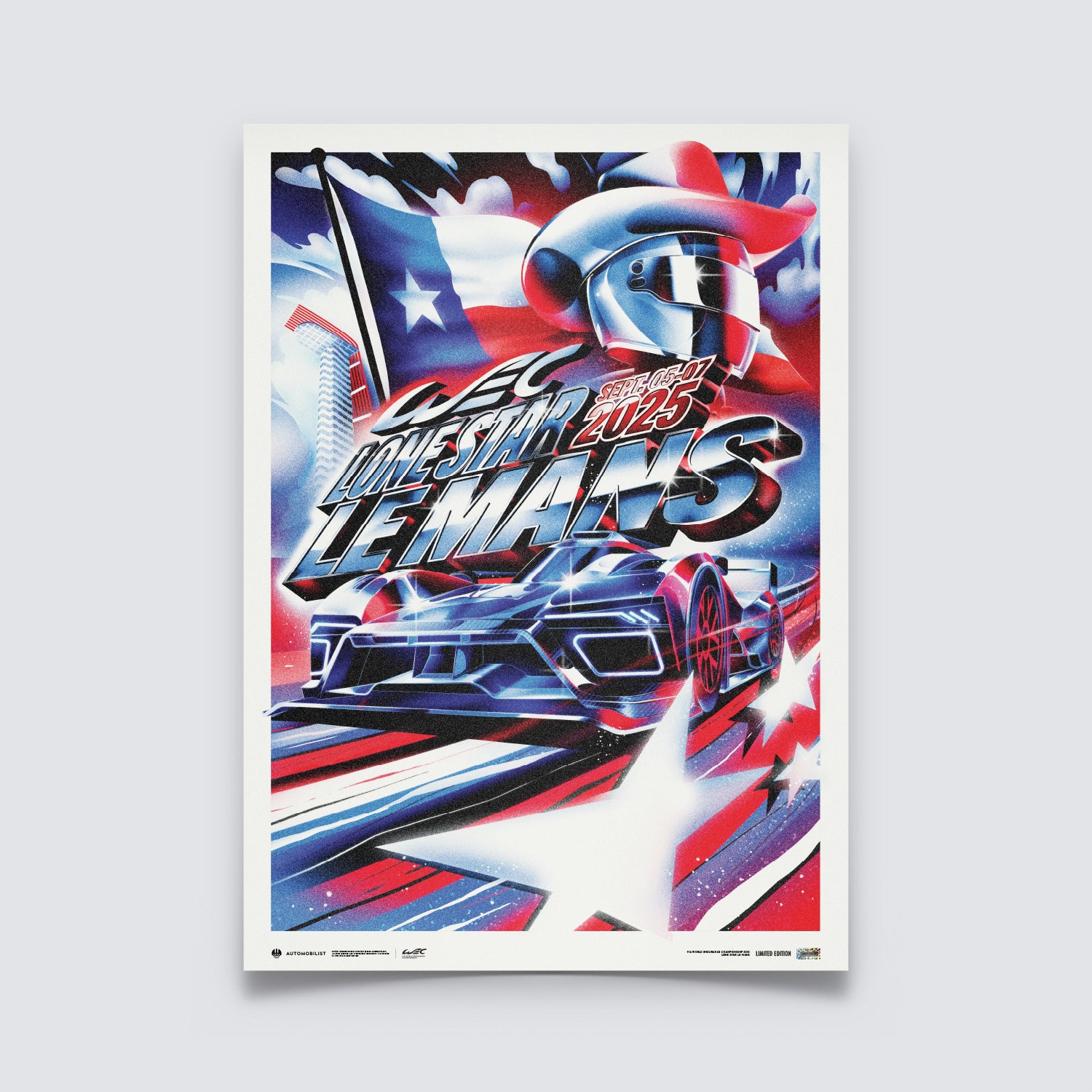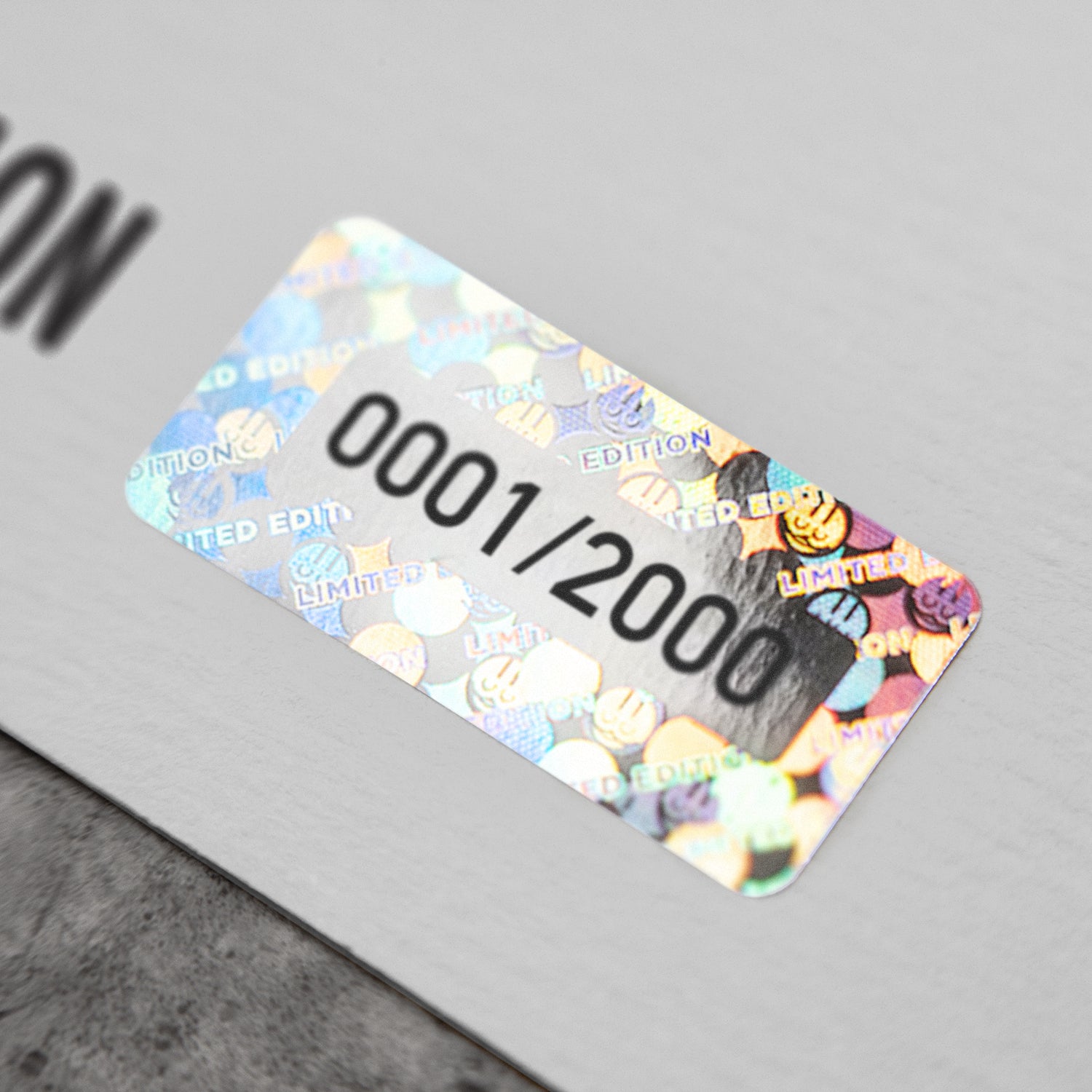Maserati’s iconic 3500 GT was a game-changer in the motoring industry, spawning a new generation of grand tourers, and was the inspiration for a breath-taking piece of automobilist artwork.
Maserati was a prominent name in motor-racing quarters during the build up to the Second World War – during which it assisted the Italian efforts – and in the aftermath, under the guidance of Adolfo Orsi, who had acquired the company from the band of Maserati brothers.
Racing promoted the company and elevated its status but it was also an expensive outlet and thus Maserati would sometimes construct road cars by special request and for limited sale. Nonetheless it was still labour intensive and return on investment was questionable.
Maserati had already delved into the grand tourer market by producing the A6 range but they had not captured the widespread market and a fresh approach was required. It needed an attractive, fast and reliable car that could be produced in larger numbers.
 Image courtesy Maserati
Image courtesy Maserati
Under chief designer Giulio Alfieri, Maserati set to work on a new model – and the 3500 GT was born, eventually selling over 2,000 models across a deeply successful period in the company’s history, re-writing both its own reputation and the playbook for rival manufacturers.
Alfieri adapted a six-cylinder engine from the Tipo 350S sportscar and utilised the strengths of companies from around Europe: Girling brakes, Alford & Alder suspension components, a Salisbury rear axle, Borg & Beck clutch, a ZF gearbox, Weber carburettors and Marelli ignition. That facilitated a top speed of almost 140mph and a 0-60mph dash in just seven seconds – certainly nippy enough for the autostradas. The engine was complemented by an aluminium 2,600mm wheelbase chassis that was both light and strong, building on the ‘Superleggera’ mantra, though of equal importance was the aesthetic appeal of the 3500 GT. Alfieri constructed a car that was proportioned and presentable, with full width bumpers, exposed headlights, and the traditional Maserati front grille and badge. Inside the cockpit was elegantly designed, including padded seats upholstered in leather, and ample space for the long-distance driving for which the car was intended.

Two prototypes were constructed and displayed at the Geneva Motor Show in March 1957 and were undoubtedly the stars of the show. The first 3500 GTs were ready by the end of the year, swiftly delivered to excited customers, and a new era was born for the manufacturer. But it was that initial prototype, shown off to the world in a Swiss showroom, that had captured the attention. It was affectionally known as Dama Bianca. The prototype carried out a test run through the cobbled piazzas that surrounded the old Maserati headquarters in Modena – though once its duties as a promotional tool were wrapped up it is thought to have been destroyed.

How then to create a poster featuring a long-lost prototype car in a landscape that has evolved across the last six decades?
READ ON...
Fortunately, Maserati was in possession of a wide-ranging archive facility, in which were several monochrome photos of the Dama Bianca, snapped from a variety of angles. That enabled Automobilist to build up a faithful 3D model of the 1957 original. It was a task that required dedication and accuracy if the ambition was to be met – meaning the entire modelling process took two months to complete.

Recreating late 1950s Modena also required a little bit of creativity, even if most of the architecture in the piazza was charmingly unchanged – this is, after all, Italy. 3D technology and 360-degree photographs shot with multiple exposures were used and then stitched onto a sphere. This gave the team an accurate representation of the backdrop as well as the ability to evaluate various lighting angles. It was swiftly decided that an early-morning setting would be most suitable for the final piece, evoking the notion of a fresh start and rebirth.
 The photoshoot was carried out in 2 phases: first, to re-create the actual 'feel' of the 1950s
The photoshoot was carried out in 2 phases: first, to re-create the actual 'feel' of the 1950s
 People are then added at a second stage, either at location or shot separately in a studio
People are then added at a second stage, either at location or shot separately in a studio
Characters were also added to the situation. There is the mature gentlemen whose attention had been taken away from perusing his morning newspaper, as well as the Vespa rider about to be overhauled and humiliated by the marauding Dama Bianca. But as the iconic 3500GT surges through Modena there is another character who captures the attention: a female figure, elegantly fitted in a blue polka-dotted dress and white hat, strikingly distinguished against the backdrop. She evokes almost an otherworldly being – in fact, she herself could be a Dama Bianca. They are the mythological figures thought to lurk in mysterious places across Europe, trying to entice attention towards them, before disappearing altogether. It was a nickname prominent in Italy in the late 1950s following the affair between champion cyclist Fausto Coppi and Giulia Occhini, who earned the tag for the snow-coloured coat she wore. The “scandal” eventually leading to a cultural change in Italy – much like the Maserati 3500GT, really.

